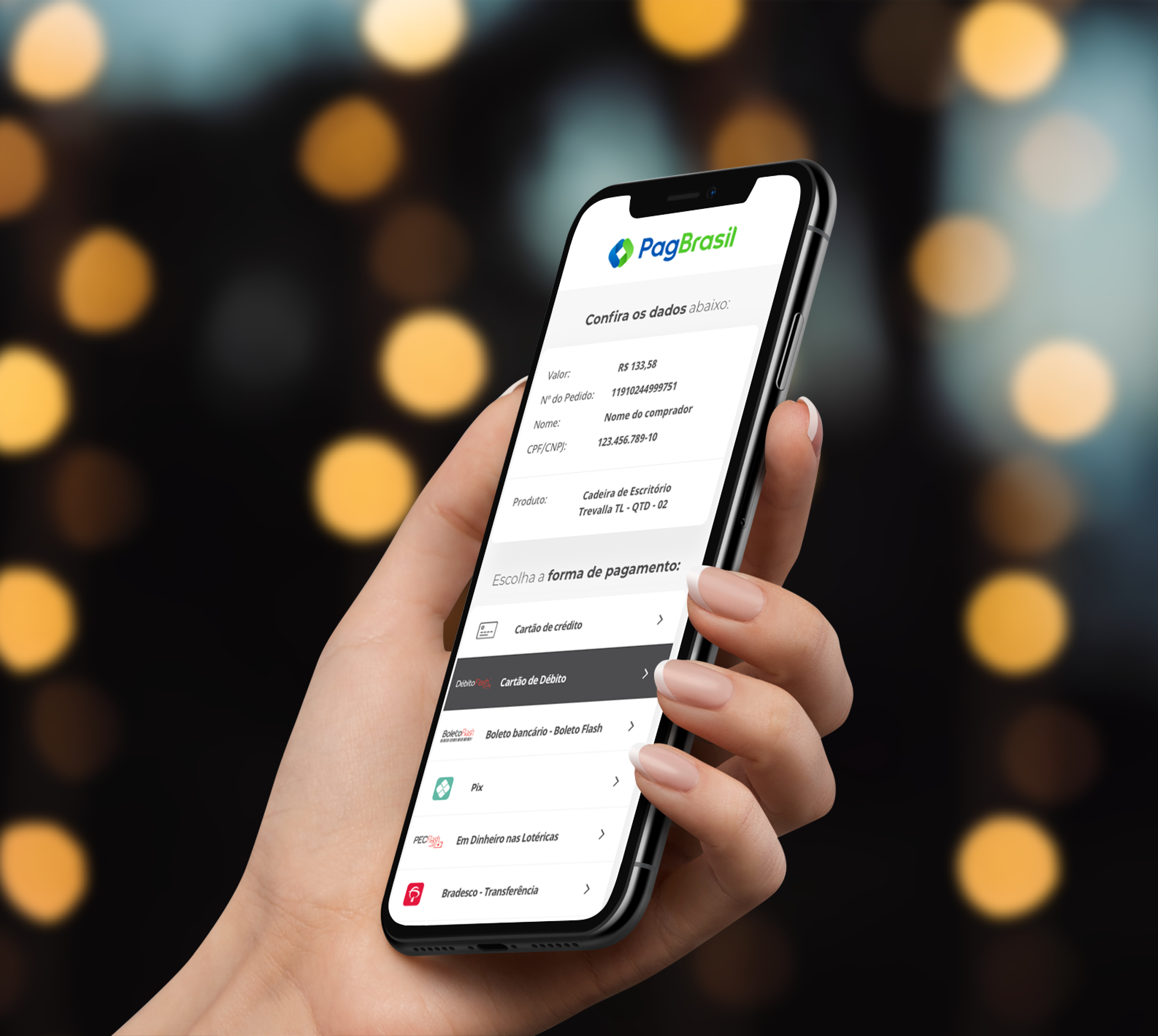Buying online is becoming more of a habit for the majority of Brazilian consumers day by day. With 150 million internet users, Brazil is the largest e-commerce market in Latin America, forecasted to reach BRL 106 billion in 2020, according to the Brazilian Electronic Commerce Association (ABComm).
As e-commerce continues to grow in Brazil and worldwide, security enhancements in payments are an ongoing concern in the market. The 3D Secure 2.0 – or 3DS 2.0 – protocol provides safer transactions and a more fluid, frictionless payment experience.
What is 3DS 2.0?
3D Secure 2.0 is a new authentication protocol developed to reduce fraud occurrences without impacting e-commerce business conversion rates. This improved version of the 3DS 1.0 procedure provides a safer and more fluid payment experience in authenticated card transactions.
Although not mandatory, 3DS 1.0 has been a valuable – and necessary – feature for merchants that need to avoid the risk of fraudulent chargebacks. For transactions processed with 3DS, the liability for a chargeback is shifted from the merchant to the card-issuing bank, the so-called liability shift.
However, the old protocol often causes additional friction in the payment process because the buyer is redirected to the card-issuing institution’s webpage to confirm the transaction, significantly harming e-commerce businesses’ conversion rates. With 3DS 2.0, it is now possible to authenticate the transaction silently, without the buyer’s interaction. A silent authentication happens in the background, not requiring any additional step of verification from the buyer. In other words, the user experience is as frictionless as a non-authenticated transaction.
In 3D Secure 2.0 transactions, dozens of variables are validated in the background to check if the payment is legitimate and to determine if the authentication can be silent or not. If the card-issuing bank’s systems decide the information provided is enough for a silent authentication, the transaction may be authorized without further steps. Otherwise, the bank may ask the customer to authenticate himself with a challenge request (in most cases, with an SMS or a one-time password token). The buyer is then requested to enter the verification code in a field displayed on the store’s webpage.
What are the 3DS 2.0 benefits?
With 3DS 2.0, customers may enjoy a more fluid payment experience on desktop and mobile devices. Understand the benefits the new protocol brings to merchants and buyers!
Reduced payment friction
The 3DS 2.0 protocol reduces friction or even eliminates it when the customer is not required to confirm a transaction. This significantly reduces cart abandonment rates due to avoidance of checkout complexity.
Increase in debit card transactions
With reduced payment friction, 3DS 2.0 will also increase debit card transaction adoption for Brazilian e-commerce. This is especially relevant for merchants selling to Brazil, where debit card payments represent 35% of all card payments in value and, until now, always require a 3DS 1.0 authentication.
Higher conversion rates
With fewer barriers in the payment flow, merchants can benefit from higher conversion rates. Some product categories – such as electronics and home appliances – represent high fraud risks, which means credit card purchases without authentication are, in many cases, nearly impossible. With 3DS 2.0, merchants can sell these products online to clients who were previously unable to complete the purchase and increase their sales without facing high losses due to fraud.
Not only do consumers become more confident in proceeding with a purchase when they are not redirected, but enabling a positive shopping experience for debit card users also allows merchants to reach consumers who do not have a credit card – which, in Brazil, represents a significant number, as there are over 100 million active debit cards in the country.



